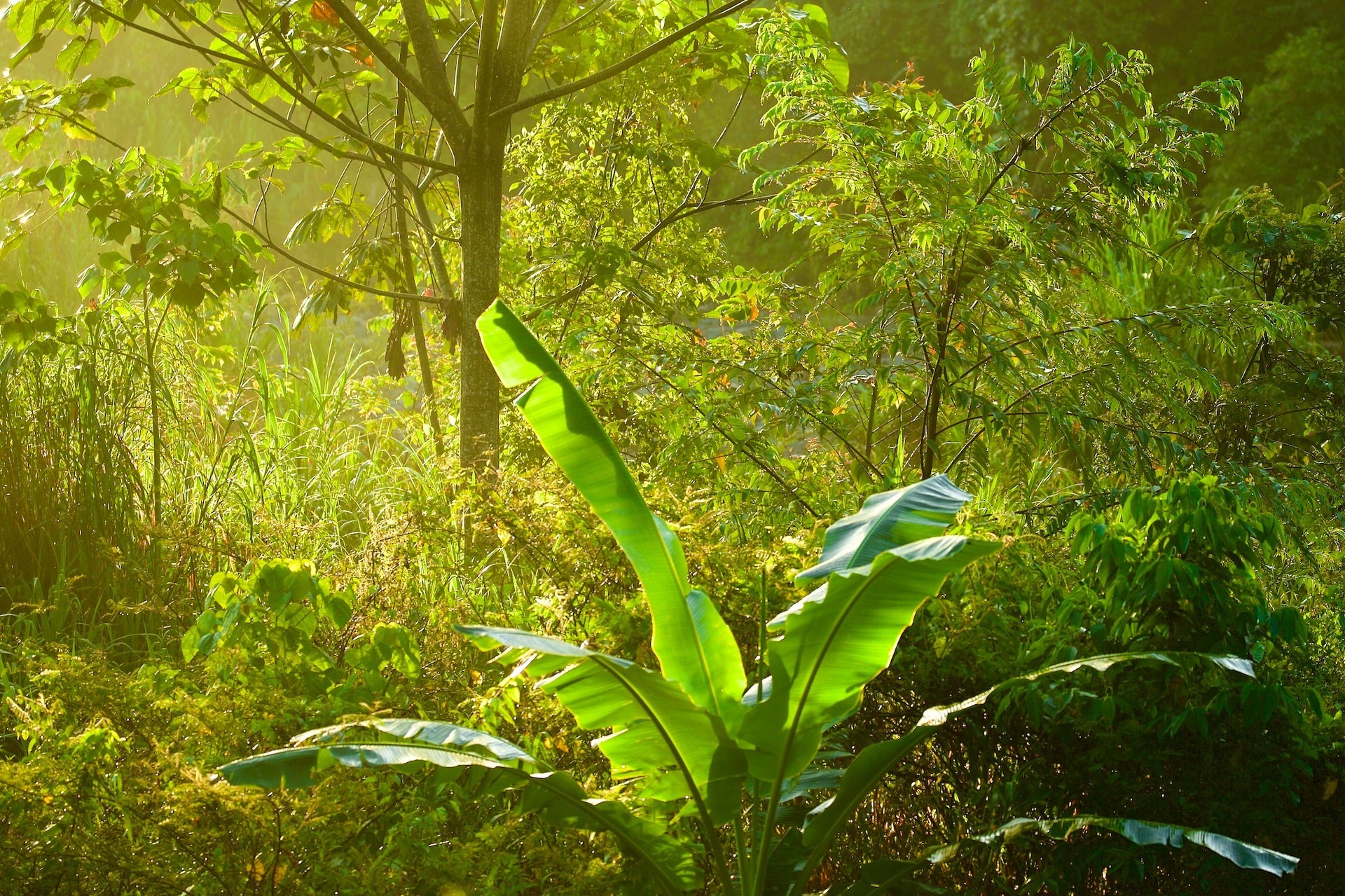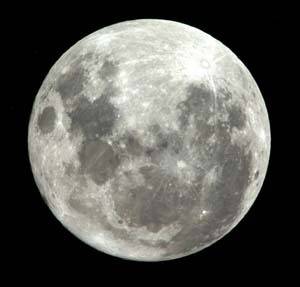
On 22 April 1915, a cloud of noxious gas drifted from German lines towards the Allied troops entrenched on the Ypres battlefield. The soldiers were wholly unprepared, with no masks to protect them.
Not wanting to be caught offguard again, the Allies dispatched a chemist to the battlefield, to shed light on this devestating new weapon. Of course, by the time John Scott Haldane and his team arrived the gas had long since dispersed. But subtle clues were left. They noticed a discolouration of the brass buttons on the unfortunate soldiers’ uniforms. Something had reacted with the zinc and copper in the brass, and the culprit was chlorine.
Over 100 years later, inspectors at sites of chemical weapon attacks face a similar problem. The chemical agents are reactive, volatile and frequently work at very low concentrations, all of which make them difficult to detect. Often autopsies are used, but this can be complicated as human remains need careful and considerate collection and transportation.
Plants, however, are much easier to work with. This approach has been recently pioneered by a group from TNO Defence in the Netherlands. They exposed plants to mustard gas, sarin (a nerve agent deployed by Syrian President Bashar al-Assad in 2013), chlorine and Novichok (used in the 2018 Salisbury attacks). Vegetation survives the exposure, but is not totally unaffected. Each of these agents reacts with proteins within the plants. These modified proteins can be easily extracted and detected using highly sensitive mass spectrometry.
The method was tested on basil, stinging nettles and bay laurels, suggesting the approach will likely work for a wide variety of species. The only issue was that exposure to common household bleach generated the same response as chlorine gas. Meaning, in the absence of brass buttons, there is more work to be done to rule out this source of false positives.
Nevertheless, the methodology shows strong promise and now just requires some samples from real-world incidents to validate the approach. Let’s hope TNO Defence don’t get these samples any time soon.
This piece is from the New Humanist summer 2023 edition. Subscribe here.

